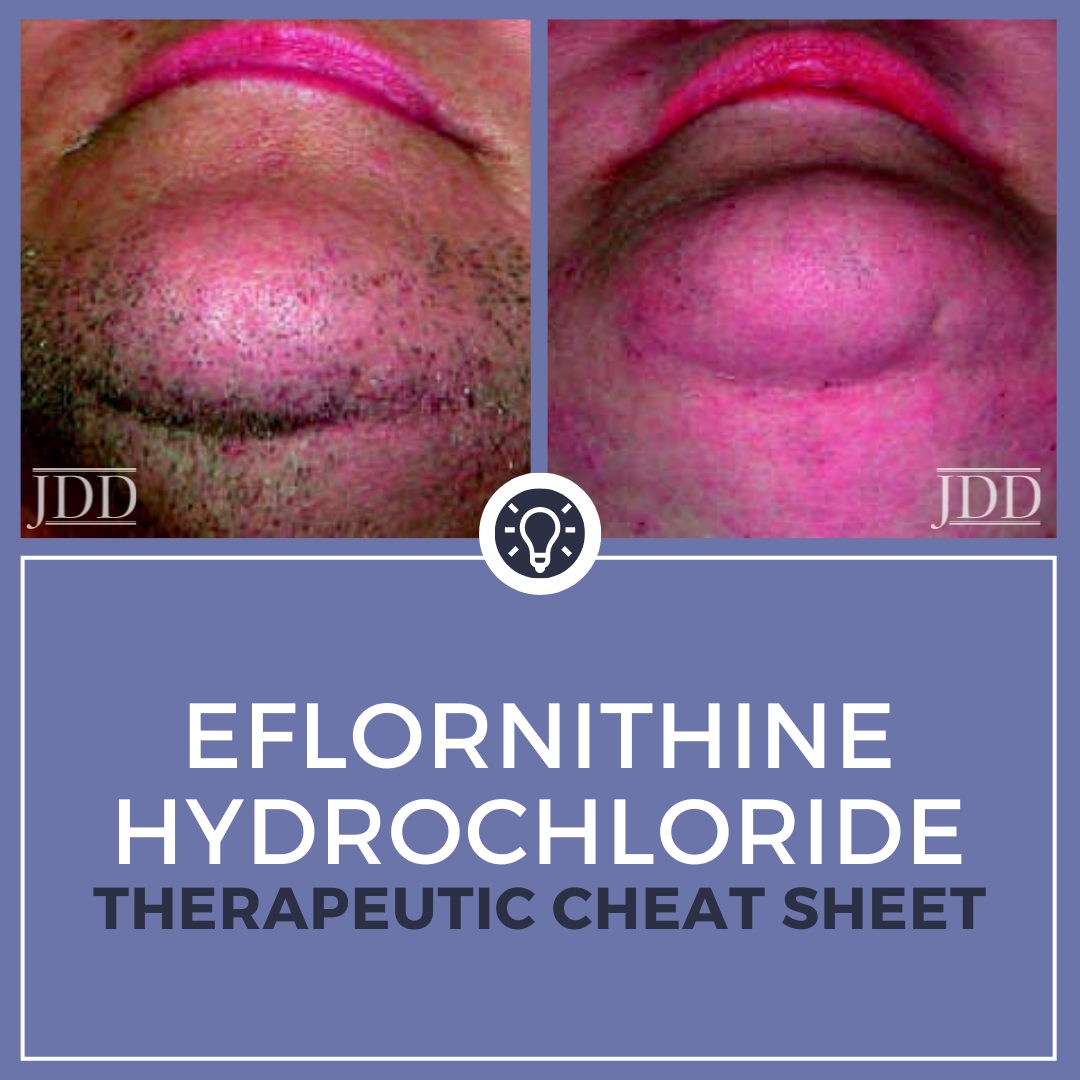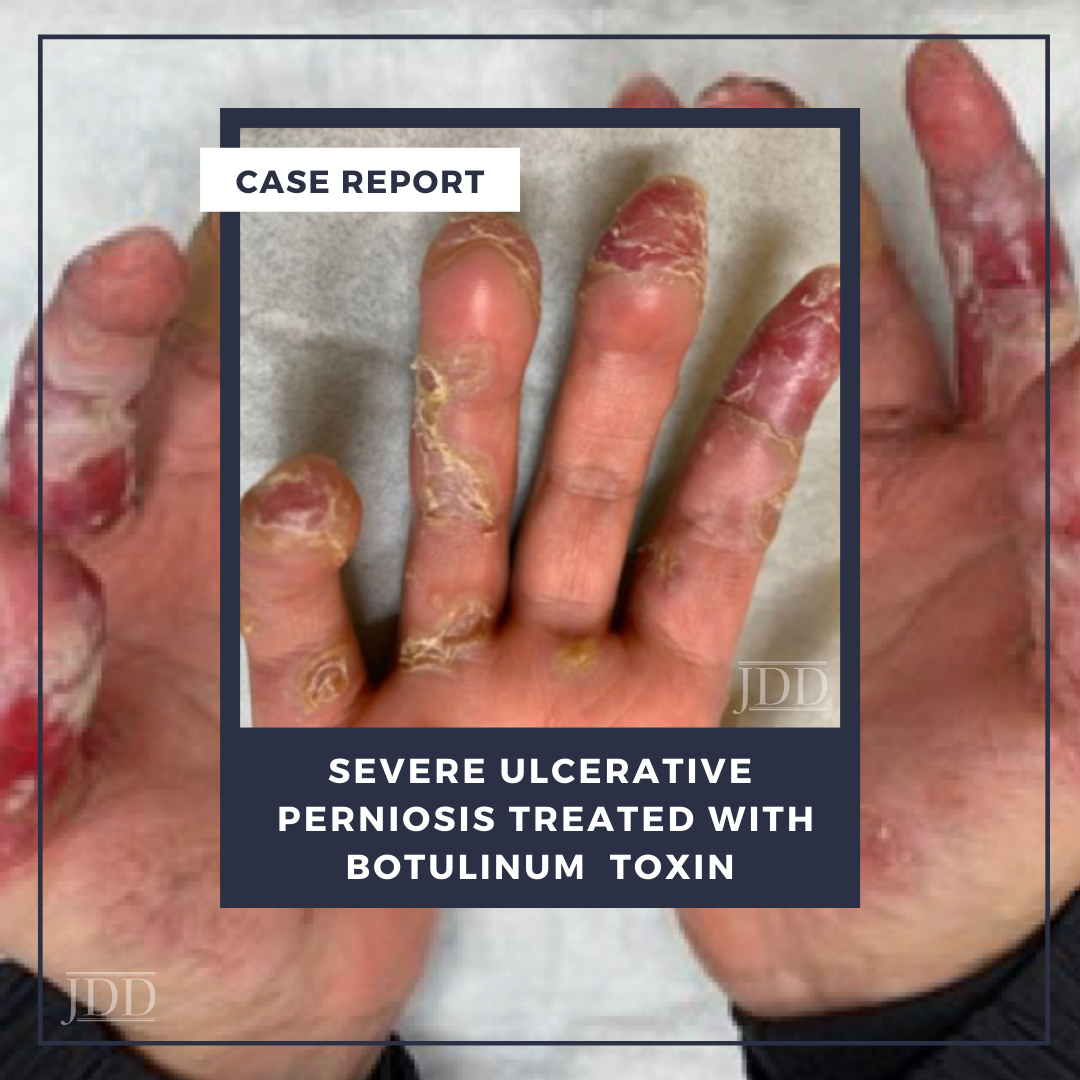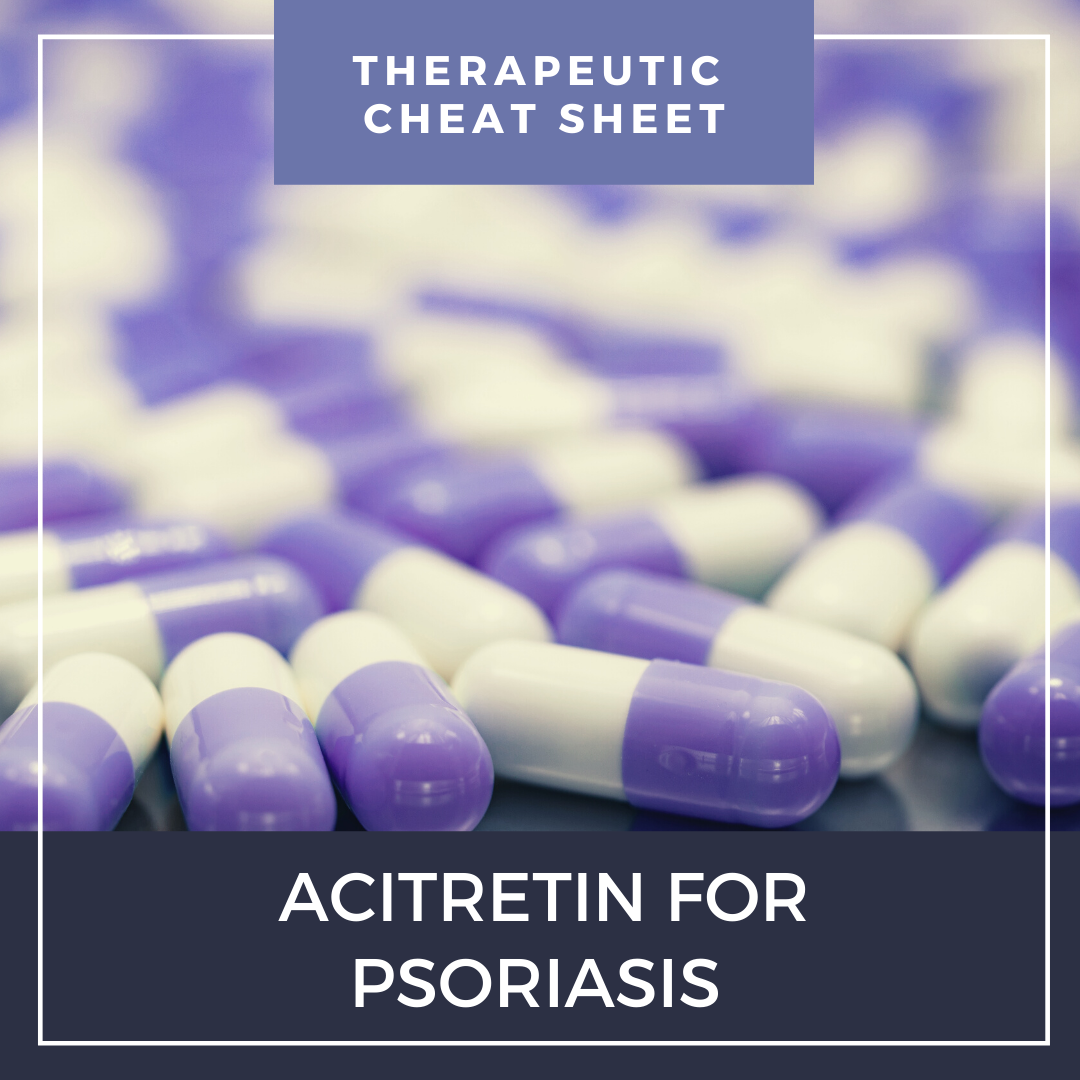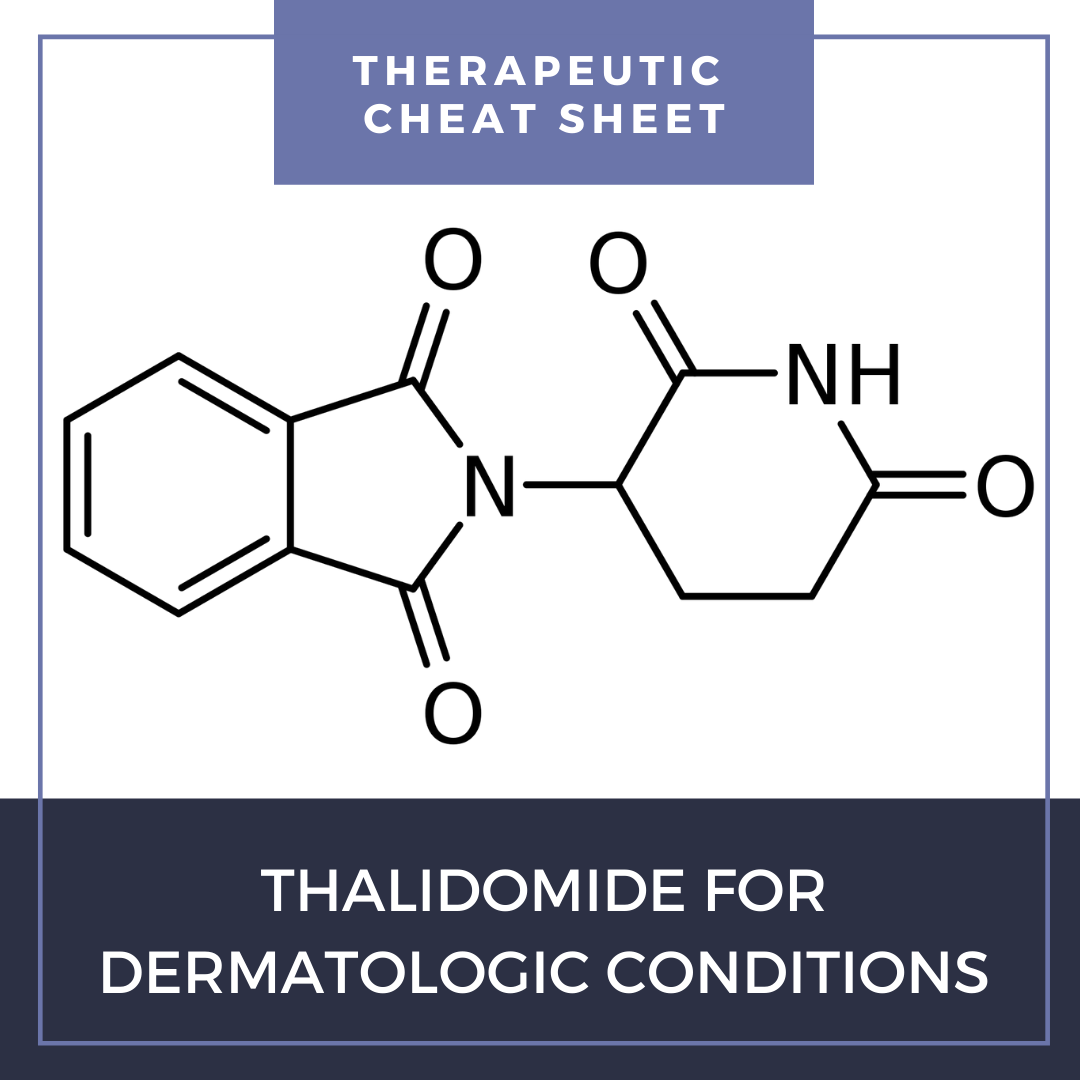Eflornithine Hydrochloride Therapeutic Cheat Sheet
 Millions of patients experience unwanted facial hair, severely impacting their quality of life. Laser hair removal is often the treatment of choice, but this therapy is uncomfortable, requires multiple treatments, and risks pigmentary changes. Therefore, an effective topical therapy for reduction of unwanted hair is a valuable addition to our therapeutic repertoire. We continue our series, Therape …
Millions of patients experience unwanted facial hair, severely impacting their quality of life. Laser hair removal is often the treatment of choice, but this therapy is uncomfortable, requires multiple treatments, and risks pigmentary changes. Therefore, an effective topical therapy for reduction of unwanted hair is a valuable addition to our therapeutic repertoire. We continue our series, Therape …
 Millions of patients experience unwanted facial hair, severely impacting their quality of life. Laser hair removal is often the treatment of choice, but this therapy is uncomfortable, requires multiple treatments, and risks pigmentary changes. Therefore, an effective topical therapy for reduction of unwanted hair is a valuable addition to our therapeutic repertoire. We continue our series, Therape …
Millions of patients experience unwanted facial hair, severely impacting their quality of life. Laser hair removal is often the treatment of choice, but this therapy is uncomfortable, requires multiple treatments, and risks pigmentary changes. Therefore, an effective topical therapy for reduction of unwanted hair is a valuable addition to our therapeutic repertoire. We continue our series, Therape … Continue reading "Eflornithine Hydrochloride Therapeutic Cheat Sheet"


 NEW YORK, Jan. 25, 2022 /PRNewswire/ -- WebMD Health Corp., an Internet Brands company and a leader in health information services for physicians, other healthcare professionals and consumers, today announced that it has acquired SanovaWorks, a global multiplatform company focused on delivering targeted educational offerings and learning solutions for dermatologists.
Sanovaworks hosts leading …
NEW YORK, Jan. 25, 2022 /PRNewswire/ -- WebMD Health Corp., an Internet Brands company and a leader in health information services for physicians, other healthcare professionals and consumers, today announced that it has acquired SanovaWorks, a global multiplatform company focused on delivering targeted educational offerings and learning solutions for dermatologists.
Sanovaworks hosts leading …  Perniosis (also known as pernio or chilblains), is a condition characterized by the development of pruritic, painful erythrocyanotic skin lesions induced by exposure to cold temperatures.² When perniosis occurs in conjunction with clinical or laboratory features of systemic lupus erythematosus, the condition is further classified as chilblain lupus erythematosus (CHLE). CHLE is a rare condition w …
Perniosis (also known as pernio or chilblains), is a condition characterized by the development of pruritic, painful erythrocyanotic skin lesions induced by exposure to cold temperatures.² When perniosis occurs in conjunction with clinical or laboratory features of systemic lupus erythematosus, the condition is further classified as chilblain lupus erythematosus (CHLE). CHLE is a rare condition w …  Pustular psoriasis can present quickly and pose a life-threatening emergency. Acitretin is the only systemic retinoid FDA-approved for treatment of psoriasis, specifically both pustular and severe plaque-type psoriasis.1Systemic retinoids such as acitretin are utilized heavily in dermatology, and practitioners must be knowledgeable about all of the FDA-approved and off-label applications as well a …
Pustular psoriasis can present quickly and pose a life-threatening emergency. Acitretin is the only systemic retinoid FDA-approved for treatment of psoriasis, specifically both pustular and severe plaque-type psoriasis.1Systemic retinoids such as acitretin are utilized heavily in dermatology, and practitioners must be knowledgeable about all of the FDA-approved and off-label applications as well a …  Thalidomide was introduced in the 1950s as a “safe” sleeping medication; however, it quickly became vilified and was removed from the market for its severe teratogenic effects, most commonly phecomelia, or loss of arms and legs. Despite these devastating birth defects, thalidomide has a variety of indications for dermatologic conditions, with manageable side effects when used appropriately. We …
Thalidomide was introduced in the 1950s as a “safe” sleeping medication; however, it quickly became vilified and was removed from the market for its severe teratogenic effects, most commonly phecomelia, or loss of arms and legs. Despite these devastating birth defects, thalidomide has a variety of indications for dermatologic conditions, with manageable side effects when used appropriately. We …